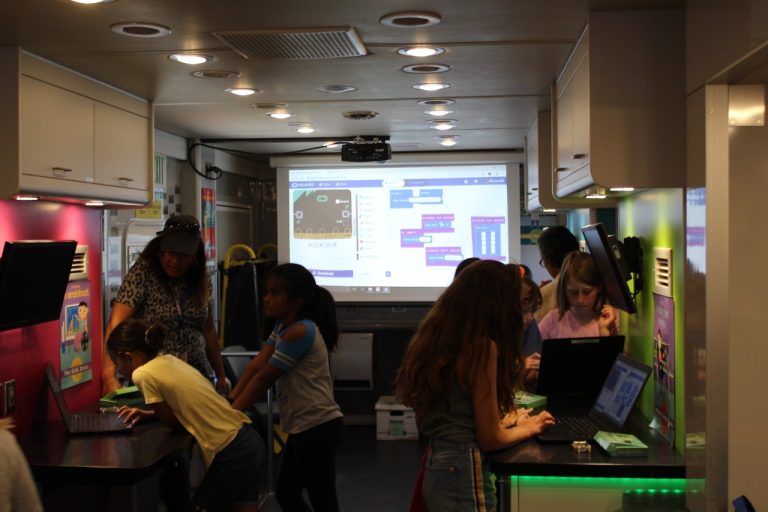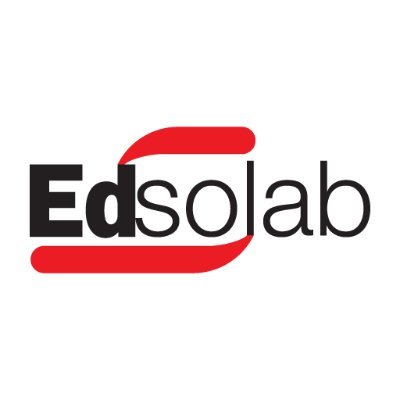Curriculum Integrated STEM Programs
that make your students future-ready
Our STEM Solutions are fun, affordable, and easy to integrate in classroom as well as on virtual environment.

The four key aspectsof our STEM Program
Integrated STEM Curriculum
Cross-curricular learning brings together interactive concepts from multiple disciplines versus keeping them in “silos”. It represents the real world where disciplines are not isolated. Integrated STEM has been shown to improve student achievement and help students to develop more confidence and competence in the process.
A Design Thinking Approach to learning
At STEMClouds, design thinking is a framework that we believe in to be an iterative process that can be deployed in any situation to create a fresh and innovative perspective. Hence, we believe that employing this framework within the teaching and learning context serves to nurture the 21st century skill sets in our young learners as we strive to revolutionize and transform learning.
Instilling Art and Design into Science
Cross-curricular investigations and assignments that include both humanities and STEM subjects reflect the “soft skills of art and design” and highlight the importance of creativity and integration, skills that are increasingly necessary in modern employment.
Social Learning
If innovative teachers shared how they incorporate making into their lesson plans other teachers would be able to learn from their experiences. At present teachers share on numerous platforms, be it Twitter, personal blogs, YouTube channels or the websites of their educational institutions. Creating a centralized ‘umbrella’ platform would reinforce the shifting perception of the role of an educator, supporting and strengthening the community of change-makers.
